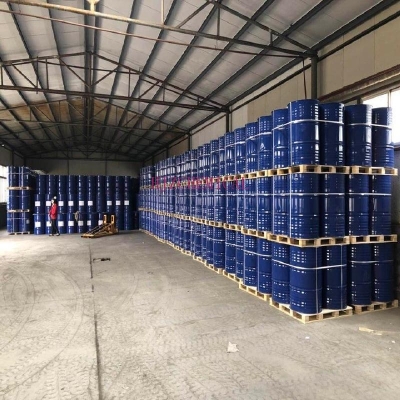-
Categories
-
Pharmaceutical Intermediates
-
Active Pharmaceutical Ingredients
-
Food Additives
- Industrial Coatings
- Agrochemicals
- Dyes and Pigments
- Surfactant
- Flavors and Fragrances
- Chemical Reagents
- Catalyst and Auxiliary
- Natural Products
- Inorganic Chemistry
-
Organic Chemistry
-
Biochemical Engineering
- Analytical Chemistry
- Cosmetic Ingredient
-
Pharmaceutical Intermediates
Promotion
ECHEMI Mall
Wholesale
Weekly Price
Exhibition
News
-
Trade Service
By the end of December 2017, Norway had installed a cumulative PV capacity of 45 MW
.
New PV installations totaled around 18 MW in 2017, the largest annual growth
ever in the Norwegian PV market.
For the second consecutive year, Norway's PV installations grew strongly, with around 18 MW
of new installed capacity in 2017.
This result may not seem significant if compared to other European markets, but if you take into account the solar radiation of Europe's northernmost countries, and the introduction of real incentives only recently, the growth of the Norwegian solar industry over the past year represents a clear sign of the maturity of
photovoltaic technology.
According to the latest statistics published by local consultancy Multiconsult on the website of the Norwegian Solar Energy Association Solenergiklyngen, the country's cumulative production capacity reached 44.
9 MW
at the end of December 2017.
Last year's new increments increased by 59%
compared to 2016.
However, in 2016, the market recorded the largest annual growth with a growth rate of 366%.
The report shows that despite low electricity prices, weak support capacity for solar projects, and thanks to falling PV costs and improved efficiency, Norwegian solar energy was able to continue to grow
last year.
Multiconsult also presents different scenarios
for the future growth of PV in the Scandinavian country.
Overall, cumulative installed solar capacity is expected to be between
3 GW and 6 GW by 2030.
The industry believes that the increase in the past two years is mainly due to the resolution of uncertainties regarding self-consumption and green power certificate rules in early 2016
.
Under the revised "Plus Customer" scheme (Plusskundeordningen), power companies are required to purchase electricity from PV system operators, whereas before 2016 the scheme was voluntary, and electricity providers could decide whether to pay PV system operators
.
By the end of December 2017, Norway had installed a cumulative PV capacity of 45 MW
.
New PV installations totaled around 18 MW in 2017, the largest annual growth
ever in the Norwegian PV market.
For the second consecutive year, Norway's PV installations grew strongly, with around 18 MW
of new installed capacity in 2017.
This result may not seem significant if compared to other European markets, but if you take into account the solar radiation of Europe's northernmost countries, and the introduction of real incentives only recently, the growth of the Norwegian solar industry over the past year represents a clear sign of the maturity of
photovoltaic technology.
According to the latest statistics published by local consultancy Multiconsult on the website of the Norwegian Solar Energy Association Solenergiklyngen, the country's cumulative production capacity reached 44.
9 MW
at the end of December 2017.
Last year's new increments increased by 59%
compared to 2016.
However, in 2016, the market recorded the largest annual growth with a growth rate of 366%.
The report shows that despite low electricity prices, weak support capacity for solar projects, and thanks to falling PV costs and improved efficiency, Norwegian solar energy was able to continue to grow
last year.
Multiconsult also presents different scenarios
for the future growth of PV in the Scandinavian country.
Overall, cumulative installed solar capacity is expected to be between
3 GW and 6 GW by 2030.
The industry believes that the increase in the past two years is mainly due to the resolution of uncertainties regarding self-consumption and green power certificate rules in early 2016
.
Under the revised "Plus Customer" scheme (Plusskundeordningen), power companies are required to purchase electricity from PV system operators, whereas before 2016 the scheme was voluntary, and electricity providers could decide whether to pay PV system operators
.







